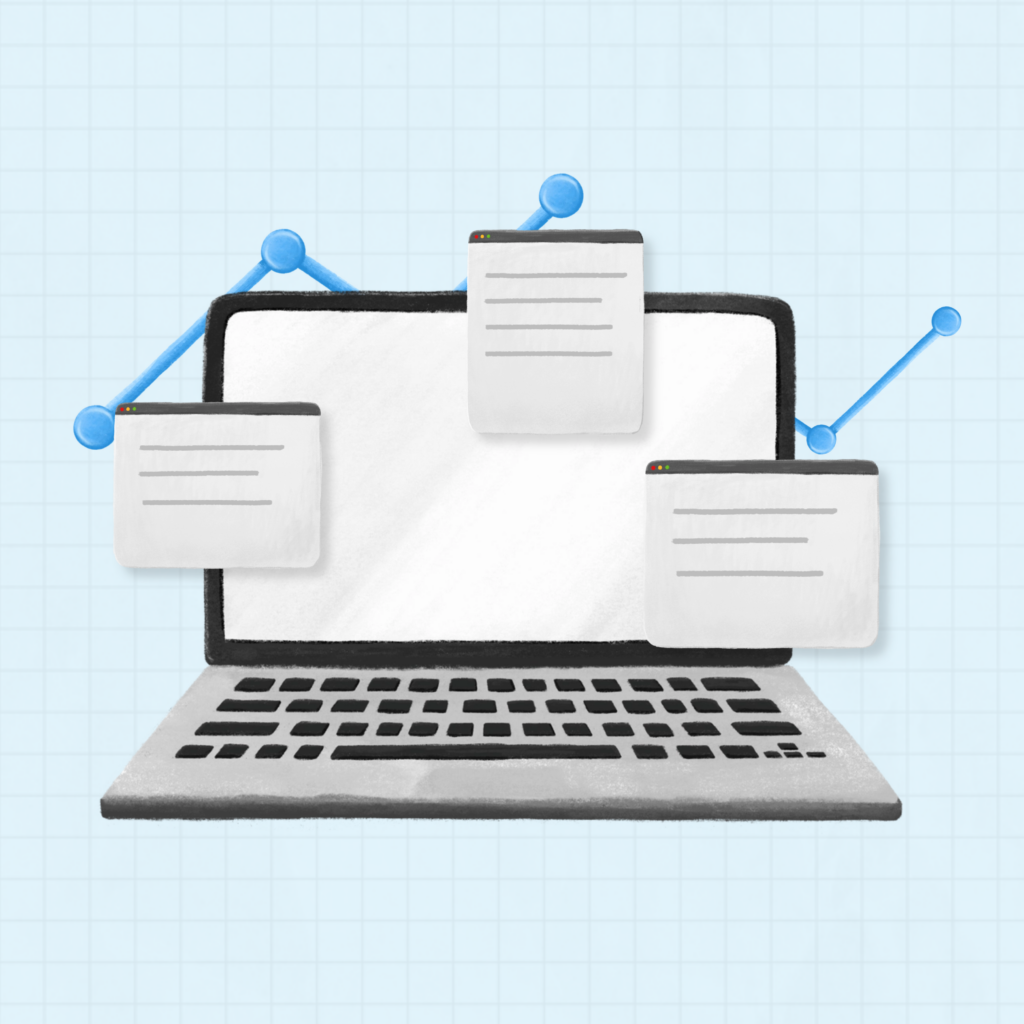
In today’s digital era, chatbots have become an essential tool for enhancing customer service, automating responses, and improving user engagement. Leveraging open-source Large Language Models (LLMs) can make the development of functional chatbots more accessible and efficient. This project focuses on creating a simple but effective chatbot using Python, Facebook’s Blenderbot model, and Hugging Face’s powerful tools.
Project Overview:
The aim of this project was to create a chatbot that can interact with users in a meaningful way. The process involved several key steps, from understanding the main components of a chatbot to implementing a functional model.
Learning Outcomes:
- Main Components of a Chatbot: I identified and described the essential parts that make up a chatbot, ensuring a solid foundation for development.
- Understanding LLMs: I learned about Large Language Models, including their structure and function, to select the best one for my application.
- Transformer Mechanics: I explored how transformers work, including the process of tokenization and feeding input into the model.
- Programming the Chatbot: Using Python and Hugging Face, I programmed a chatbot that can handle user interactions effectively.
Practical Applications:
This project demonstrates the practical application of AI and machine learning in creating interactive tools. The chatbot can be adapted for various real-world scenarios, including customer service, educational platforms, and more.
Creating a chatbot using open-source LLMs with Python and Hugging Face has been a valuable learning experience. It showcases the power of AI in enhancing user interactions and provides a solid foundation for future projects in chatbot development.